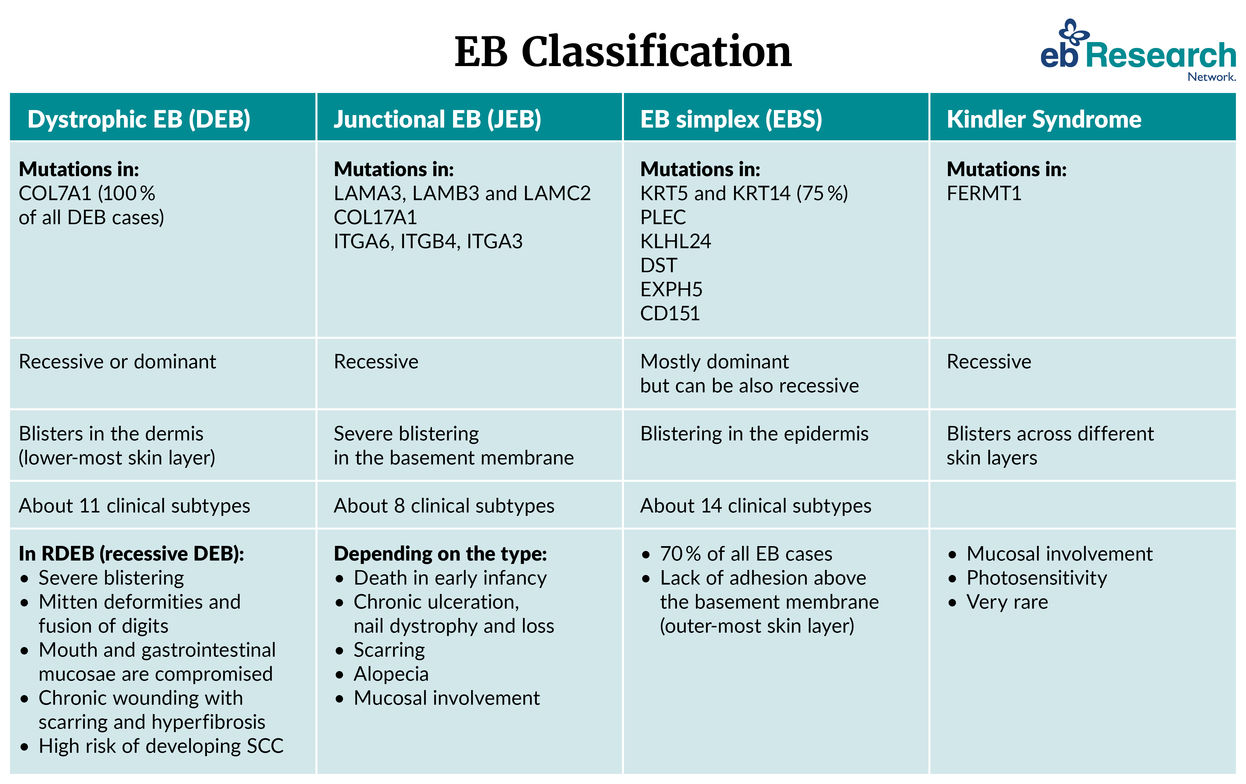3. EB-1C: Multinational Managers or Executives
by Admin
Posted on 13-09-2023 02:01 PM

One of the most prestigious and fastest routes to get permanent residence in the us, the einstein visa gets its name from physicist albert einstein who moved to america after the nazi party came to power in germany. The united states offers an employment-based first-preference (eb-1) visa to people of “extraordinary ability”. These are people who have achieved national or international acclaim in fields like science, arts, education, business and athletics; outstanding professors and researchers; and certain managers and executives of multinational companies. In fiscal year 2022, the us issued just over 55,000 immigrant visas across its five employment-based visa categories.
one of the most prestigious and perhaps fastest routes to american residency, eb-1 is also known as the einstein visa.
The eb1(c) subcategory is reserved for multinational managers and executives, and is very similar to the requirements set out for the l1a classification. To qualify, one must have been employed outside the u. S. For at least one year within the past three years as a manger or executive by an organization related to the u. S. Company sponsoring the foreign national. Further, the person must be coming to work for the related u. S. Entity in a managerial or executive capacity. More information on the eb1(c) category can be found in the murthydotcom infoarticle, multinational executives & managers. https://scholar.google.com/scholar_case?case=13614762052880092170&q=eb1+visa&hl=en&as_sdt=6,33
Before we take a look at the reasons for denial, let’s first find out what goes into an eb-1c green card. The eb-1c is an immigrant visa designed to grant lawful permanent resident status to the managers and executives of multinational companies that have a branch in the united states. One of the advantages of getting a green card in the eb-1 preference level is that your employer does not need to obtain a perm labor certification on your behalf. Additionally, the priority date waiting times tend to be much shorter for the eb-1 green cards than they are for other preference levels.
The eb1 green card has three subcategories: eb1a for outstanding professors and researchers, eb1b for individuals who have made extraordinary contributions in their field, and eb1c for multinational executives and managers. To quote the uscis directly, “you may be eligible for an employment-based, first-preference visa if you are a noncitizen of extraordinary ability, are an outstanding professor or researcher, or are a certain multinational executive or manager. Each occupational category has certain requirements that must be met”. The first preference listed is a little vague, but to clarify extraordinary ability, they mean “you must be able to demonstrate extraordinary ability in the sciences, arts, education, business, or athletics through sustained national or international acclaim.
Learn about the cost, wait time, and how to apply for the EB-1 employment visa
The eb-1 is the best and most desirable among all the other employment-based visas. It offers the quickest path to u.
 S. Permanent residency, as it does not require the filing of a permanent labor certification, usually a time-consuming and expensive process. In addition, visa numbers are always current for the eb-1 application category, so you will not have to wait before applying for adjustment of status and receiving a green card. Furthermore, the applicant can file other immigration petitions under other appropriate categories (such as a national interest waiver) while an eb-1 petition is pending. Only three categories of people qualify for the eb-1 visa:.
S. Permanent residency, as it does not require the filing of a permanent labor certification, usually a time-consuming and expensive process. In addition, visa numbers are always current for the eb-1 application category, so you will not have to wait before applying for adjustment of status and receiving a green card. Furthermore, the applicant can file other immigration petitions under other appropriate categories (such as a national interest waiver) while an eb-1 petition is pending. Only three categories of people qualify for the eb-1 visa:.
The application depends on the specific category one falls under. The immigrants with extraordinary ability, are free to self-petition. Such immigrants can fill out form i-140 and apply. For the researchers or impeccable professors, your employer should file form i-140 for you. The same case goes for the multinational manager or executive. In the application process, the u. S. Employer has to prove that they can pay the same wage you received. They can verify this by showing their federal income tax return, annual report, or audited financial statements. This type of visa is faster than other green cards since no labor certification is required.
Employment-based green cards are one of the pathways of obtaining permanent residency in the u. S. Also called as ‘eb’, employment-based green cards include the following categories: eb-1 green card for priority workers eb-2 green card for advanced degrees eb-3 green card for professional and skilled workers eb-4 green card for religious workers and special immigrants, and eb-5 green card for investors.